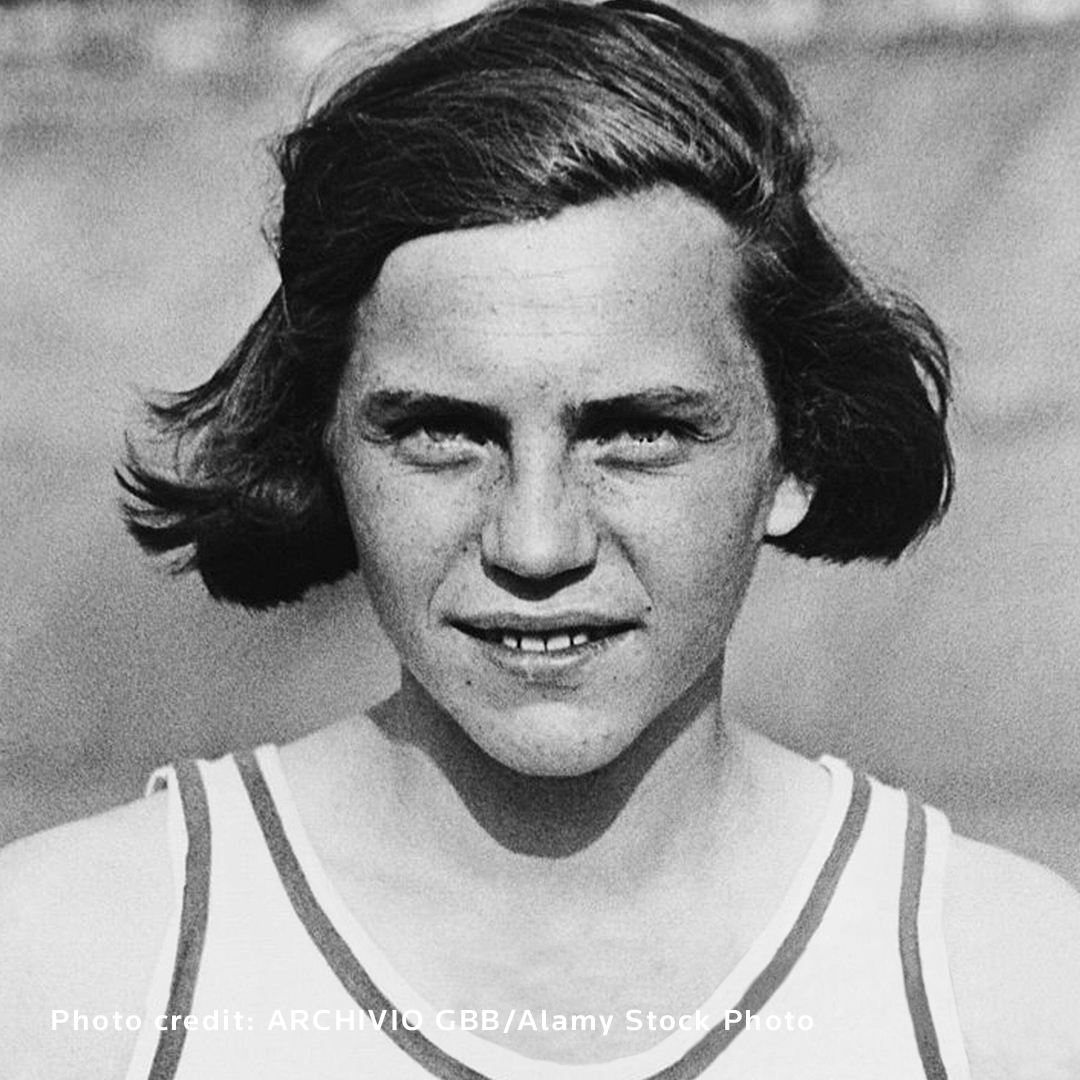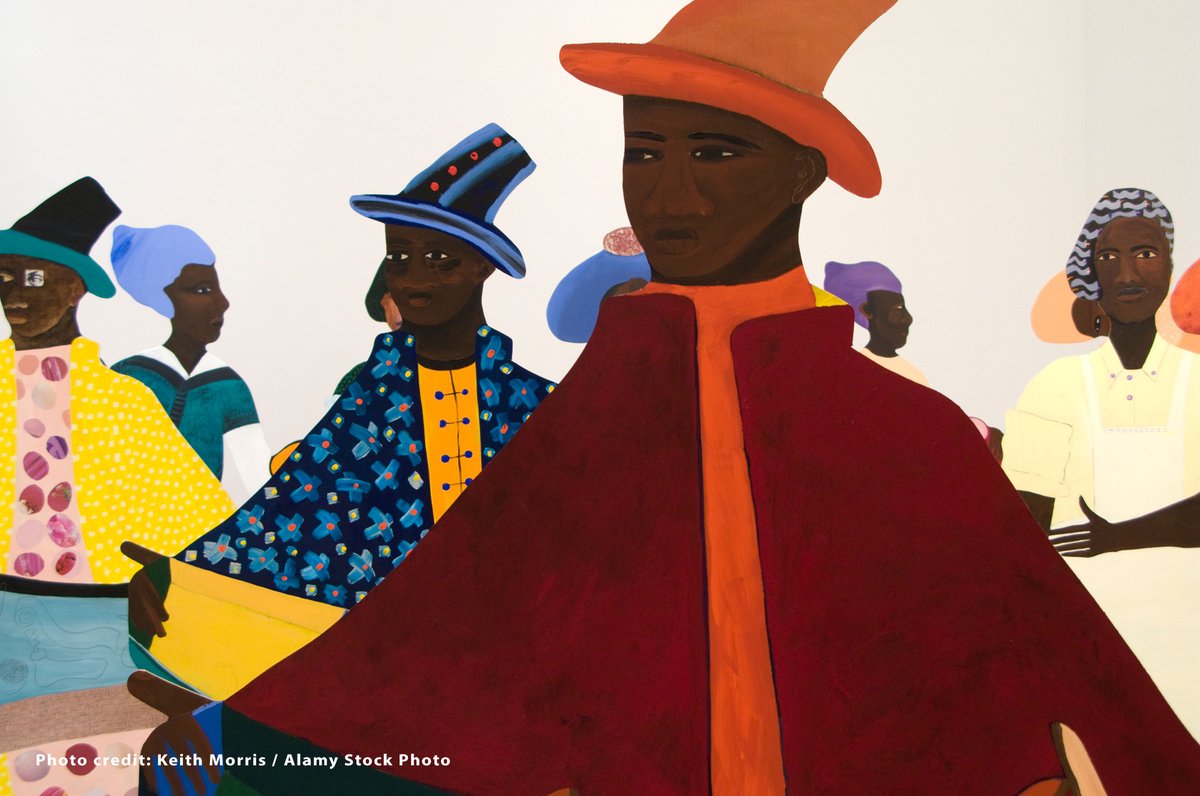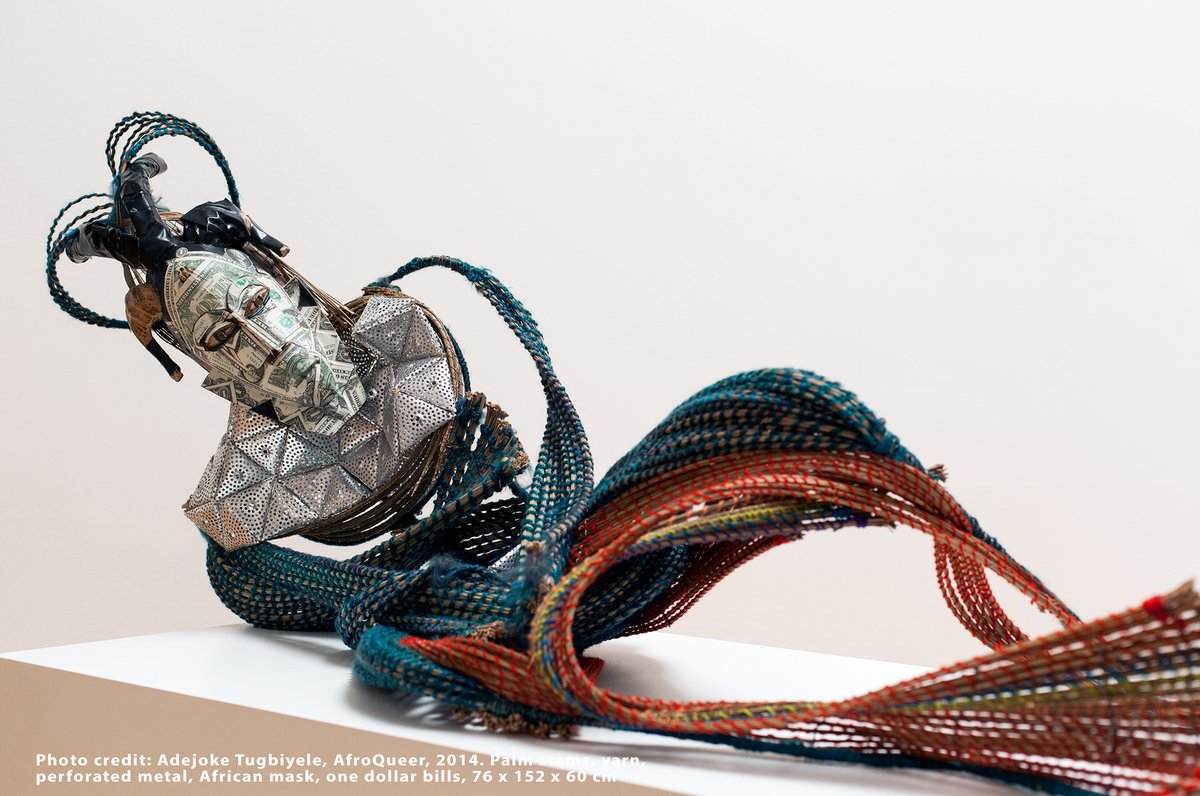
🏃 The world's fastest women are racing for gold at #Tokyo2020 today.
⛔ But some athletes including Olympian Caster Semenya have been banned from competing in certain races because they are intersex or have high levels of testosterone.
Here's what you need to know 🧵
⛔ But some athletes including Olympian Caster Semenya have been banned from competing in certain races because they are intersex or have high levels of testosterone.
Here's what you need to know 🧵

🧬 Intersex people are born with atypical chromosomes or sex features.
🔵 This means some women can also have male sex characteristics - including internal testes producing testosterone.
🏷 This is often known as hyperandrogenism. openlynews.com/i/?id=d766bd54…
🔵 This means some women can also have male sex characteristics - including internal testes producing testosterone.
🏷 This is often known as hyperandrogenism. openlynews.com/i/?id=d766bd54…
📉 In 2011, the IAAF - now @worldathletics - ruled that female athletes with hyperandrogenism have to lower their testosterone levels to "ensure fair competition for all women".
💊 But when @Caster800m began taking medication to do this, she said it made her feel ill.
💊 But when @Caster800m began taking medication to do this, she said it made her feel ill.

🏃 The restrictions were lifted in 2015 after a legal challenge by Indian 100m sprinter @DuteeChand.
🥇 Semenya went on to win the 800m gold at the 2016 Rio #Olympics and the 2017 World Championships.
🥇 Semenya went on to win the 800m gold at the 2016 Rio #Olympics and the 2017 World Championships.

🚫 In 2018, @WorldAthletics changed the rules again for middle-distance athletes with differences in sex development - or ‘DSDs’.
📉 They had to decrease testosterone levels by:
💊 Taking the contraceptive pill
💉 Monthly injections
🩺 Undergoing surgery to remove testes
📉 They had to decrease testosterone levels by:
💊 Taking the contraceptive pill
💉 Monthly injections
🩺 Undergoing surgery to remove testes

🗣️ Caster Semenya is now challenging @WorldAthletics rules.
🥈🥉 Semenya and her fellow 2016 medallists, Burundi's @FrancineNiyons4 and Kenyan Margaret Wambui, refuse to use drugs or surgery to alter their bodies. openlynews.com/i/?id=497f4e9d…
🥈🥉 Semenya and her fellow 2016 medallists, Burundi's @FrancineNiyons4 and Kenyan Margaret Wambui, refuse to use drugs or surgery to alter their bodies. openlynews.com/i/?id=497f4e9d…
❗ In 2019, the @un_hrc also criticised the decisions.
❌ They said sports bodies should not "force, coerce or otherwise pressure women and girl athletes into undergoing unnecessary, humiliating and harmful medical procedures". openlynews.com/i/?id=e357720d…
❌ They said sports bodies should not "force, coerce or otherwise pressure women and girl athletes into undergoing unnecessary, humiliating and harmful medical procedures". openlynews.com/i/?id=e357720d…
.@WorldAthletics say they “have a responsibility to ensure a level playing field for athletes”.
♀️♂️ They argue that intersex women who have XY male chromosomes account for 7.1 in every 1,000 elite female athletes.
This is 140 times more than in the general population. 🗺️
♀️♂️ They argue that intersex women who have XY male chromosomes account for 7.1 in every 1,000 elite female athletes.
This is 140 times more than in the general population. 🗺️

Should sports bodies allow intersex athletes to compete equally at the Olympics?
• • •
Missing some Tweet in this thread? You can try to
force a refresh
















